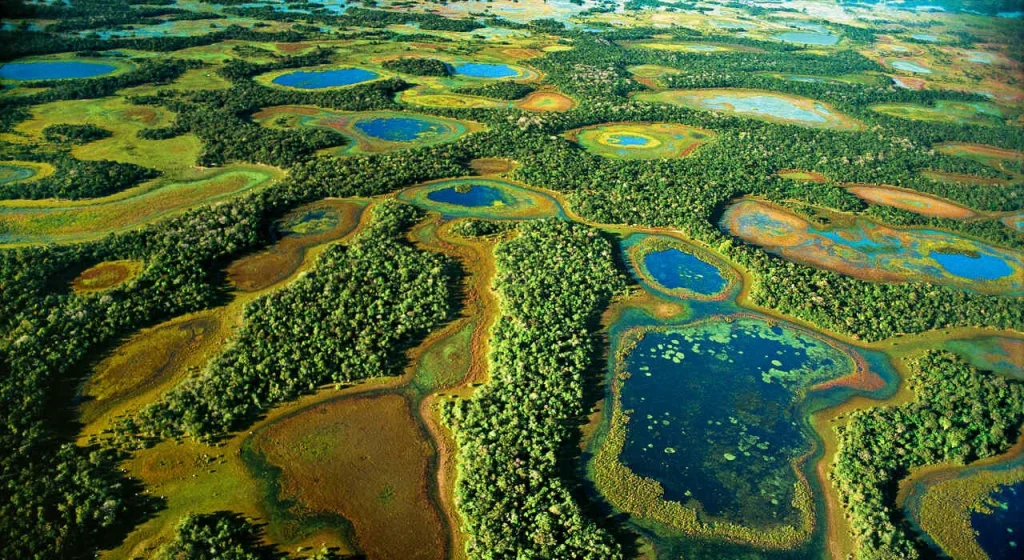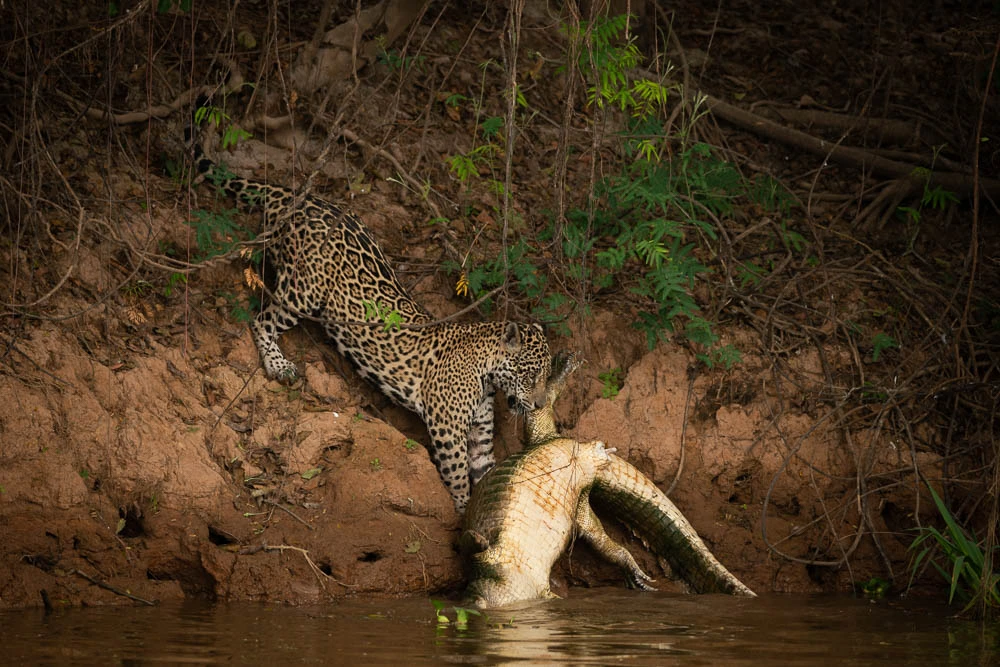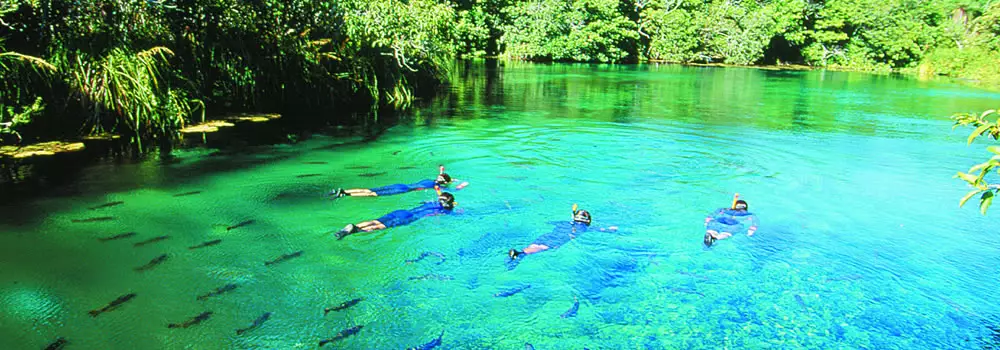The Pantanal, a UNESCO World Heritage Site and the globe’s biggest tropical wetland, is frequently identified to as “South America’s Serengeti” due to its huge numbers of diverse birds, mammals, and reptiles. The majority of this area, which measures over 150,000 square kilometers, including 80%-85% of it on the Brazilian western, is a haven for wildlife fans, birdwatchers, and outdoorsmen. To outline the benefits of Pantanal Brazil oasis culture and nature, in this review, we propose our tour to this natural sight.
Discover the Unique Ecosystem of Pantanal Brazil
For instance, the Pantanal is characterized by seasonal flooding leading to a unique mosaic of habitats. This includes Wetlands and Marshes, where seasonal flooding creates vast wetlands bedecked with aquatic plants, fish, and amphibians. Additionally, Rivers and Lakes such as the Paraguay River and its tributaries define the Pantanal and form lagoons, and oxbow lakes. Other habitats include Grasslands and Savannahs, which are highly open, offering the best opportunity for herbivores and suitable hunting grounds for predators.
Finally, riparian forest and gallery forest, including dense forest areas along rivers and forest trees for monkeys, birds, and reptiles.

Breathtaking Wildlife of Pantanal Brazil
The Pantanal is home to an extraordinary diversity of wildlife, making it one of the best places for wildlife spotting.
- Jaguars: The Pantanal has the highest density of jaguars in the world. Head to the northern Pantanal (Porto Jofre) for the best chance to see these elusive cats.
- Giant Otters: These playful creatures are often seen in family groups along the rivers.
- Capybaras and Caimans: Capybaras, the world’s largest rodents, and caimans are commonly spotted grazing near the water’s edge.
- Birdwatching Paradise: With over 650 bird species, including the iconic hyacinth macaw, jabiru stork, and toco toucan, the Pantanal is a birdwatcher’s dream.
- Other Wildlife: Giant anteaters, tapirs, howler monkeys, ocelots, and peccaries also call the Pantanal home.
Endless Adventure Activities in Pantanal Brazil
Apart from wildlife spotting, the Pantanal offers other adventures to enjoy while feeling the nature’s thrills. These include: Safari boat tours -outboard glides through the rivers offer an exceptional view of the jaguars, giant otters, anacondas and caimans, among other wildlife; Horseback riding around the wetland e guided by Pantaneiros-cowboys, and Night safari that provides an experience on the night drive watching animals in the savannah. This avian adventure include Birdwatching tours and fishing as you either fish piranhas or catch a dorado.
Top Destinations and Lodges in Pantanal Brazil
The Pantanal is typically divided into two main regions: the Northern Pantanal and the Southern Pantanal. Each region offers unique experiences.
Northern Pantanal:
- Porto Jofre: The gateway to jaguar spotting, located along the Transpantaneira Highway.
- Pousada Rio Claro: A riverside lodge offering boat tours, birdwatching, and jaguar safaris.
- Araras Eco Lodge: Known for its wildlife tours and sustainability efforts.
Southern Pantanal:
- Fazenda San Francisco: A working cattle ranch that combines wildlife conservation with tourism.
- Caiman Ecological Refuge: A luxury lodge offering top-tier wildlife tours, including the Onçafari Jaguar Project.
- Barranco Alto Lodge: An exclusive lodge focusing on small-group wildlife experiences.

Sustainable Tourism and Conservation Efforts in Pantanal Brazil
How to help save sustainable tourism in the Pantanal: stay at eco-lodges. They pay special attention to energy saving, waste reduction, and keeping wild animals. Promote local businesses by purchasing handicrafts and guides. Visit tours that help preserve this pristine nature. The Onçafari Jaguar Project and the Giant Otter Project are just a few examples.
Planning Your Trip to Pantanal Brazil
Here are practical tips to help you make the most of your Pantanal adventure:
- Best Time to Visit: The dry season (May to October) is ideal for wildlife spotting, while the wet season (November to April) offers birdwatching and fishing.
- Getting There:
- Northern Pantanal: Fly to Cuiabá and drive to the Transpantaneira Highway.
- Southern Pantanal: Fly to Campo Grande and travel to the lodges by road or chartered flight.
- Health and Safety: Get vaccinated for yellow fever and take malaria prophylaxis. Bring insect repellent, sunscreen, and a first-aid kit.
- Travel Gear: Pack lightweight clothing, binoculars, a high-quality camera, and sturdy shoes.
- Language: Portuguese is the official language, so learning a few basic phrases can enhance your experience.
The Pantanal is a paradise where breathtaking wildlife, pristine wetlands, and endless adventure await. Whether you’re tracking jaguars, birdwatching, or fishing for piranhas, the Pantanal promises an unforgettable journey into South America’s natural wonder.
Plan your trip today and uncover the magic of Pantanal Brazil Paradise, where breathtaking wildlife, pristine wetlands, and endless adventure await in South America’s natural wonder.





